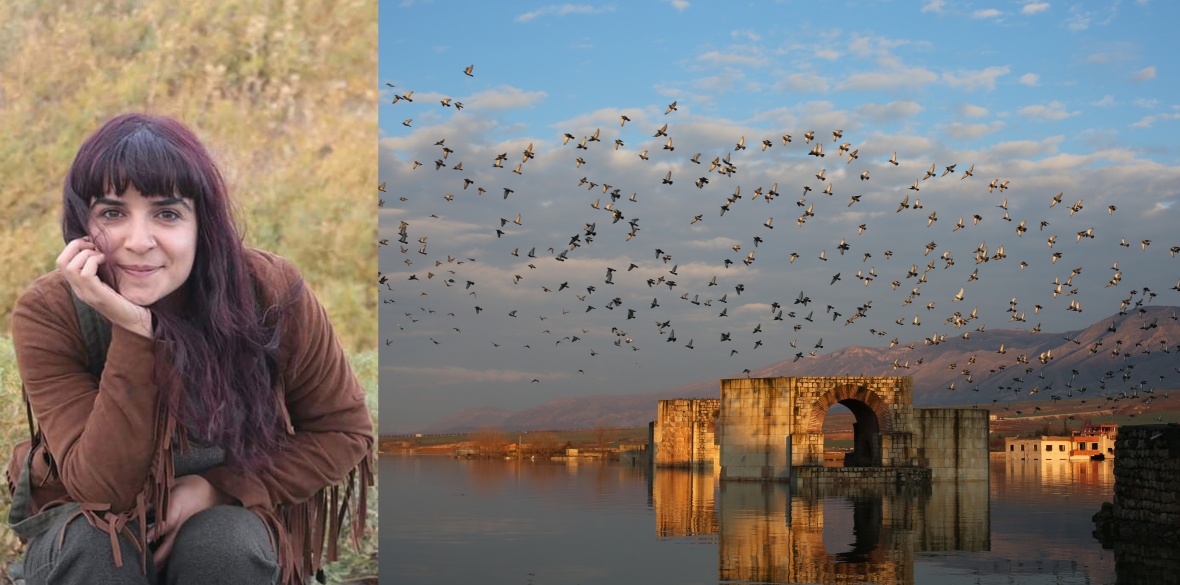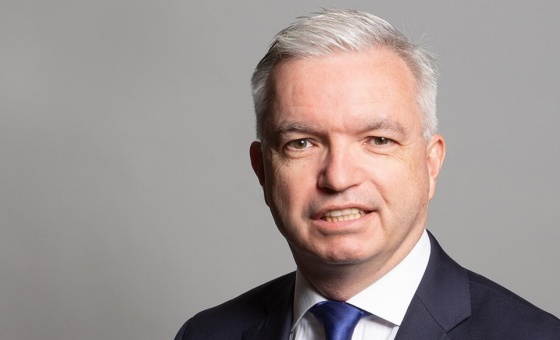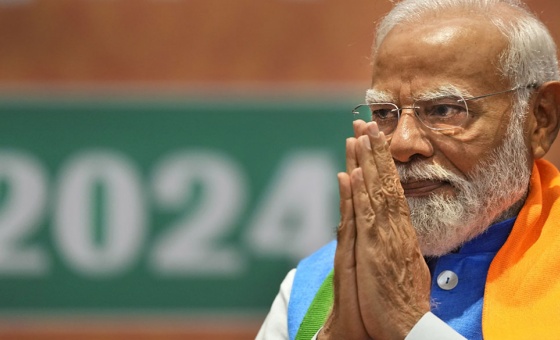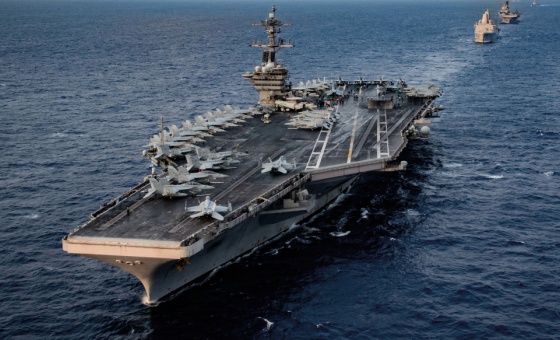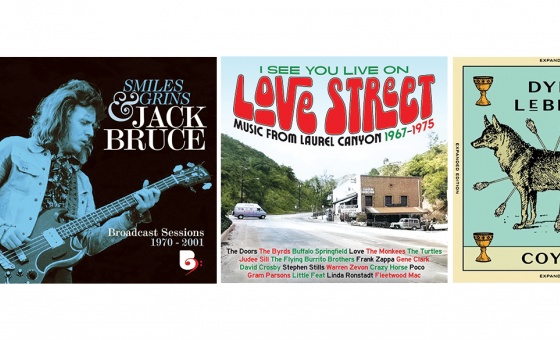This is the last article you can read this month
You can read more article this month
You can read more articles this month
Sorry your limit is up for this month
Reset on:
Please help support the Morning Star by subscribing here
KURDISH journalist Seda Taskin, a contributor to the Morning Star, was awarded last year’s prestigious Musa Anter award for her photographs of Hasankeyf, an ancient city that has been submerged in what has been described as an act of “cultural genocide.”
She was jailed for more than a year for her work with the Mesopotamia Agency, a pro-Kurdish media organisation frequently targeted by the Turkish state.
Taskin gave just one sentence in her defence when her case was heard on appeal in May 2019: “Journalism cannot be judged.”
Since her release she has continued the work she loves so much; taking photographs and writing news, travelling across Turkey to tell the stories of those living under the country’s oppressive regime.
She said she was was honoured to receive the award, which came after her first ever entry in a photography competition, expressing her pride at being linked to the name Musa Anter, a Kurdish journalist with legendary status in the country who was brutally executed by state paramilitary forces in 1992.
“Musa Anter was a truth-seeker and fought for this until he was killed. We carry the pen he handed to us as his successors,” Taskin explains.
She first became interested in photography when she was a child and during secondary school took an old camera to the offices of Dicle Media News Agency (DIHA) telling them she would work there.
“The journalists working there laughed and told me to come back when I grew up,” she said.
But she did return and the now-banned Kurdish news agency was to be her first workplace as she started out in journalism some six years ago.
Taskin explains a deep connection between her and the camera, something that developed as she used photography to expose the truth about life as a Kurd in Turkey.
“Photography has a very important role in creating memory,” she tells me. “Sometimes you can describe everything with a square photograph instead of a page of text.”
She says how pictures can be used as evidence, not just in legal cases, but in documenting the crimes committed by the state and presenting them to the wider world.
Taskin highlights the case of Kemal Kokurt, an unarmed Kurdish student shot dead when a police officer pumped bullets into his back at a Kurdish new year celebration in Diyarbakir.
The incident was caught on camera by her friend Abdurrahman Gok. But in a reminder of how the legal system is routinely stacked against Kurds, the officer who fired the shots was cleared, with the judge citing “lack of evidence,” while the photographer faces charges and a prison sentence.
“Maybe this event would have been covered up if that photo hadn’t happened,” Taskin says, reminding me of how the picture helped to expose the fragility of Turkey’s justice system.
Taskin aims to expand her repertoire in documentary work, stressing the importance of shaping public awareness about what is happening in different places in difficult political conditions.
“Documentary photography is an area not only where reality is interpreted, but also where the world is interpreted,” she says, adding that it brings with it “an ideological message and a way of finding solutions to existing problems.”
Photography gives Taskin a sense of meaningfulness and without producing photographs or writing she feels incomplete.
She tells me that she takes inspiration from strong women — of which she is one herself, but of course doesn’t say this.
“Journalism and photography is seen as a male profession in Turkey. There are many good female photographers but unfortunately they are not as visible as men,” Taskin says.
But she is determined to change this and says her main goal in capturing images is to leave a memory for the future.
“There are great struggles to destroy this perception,” she adds.
Taskin continued to write while she was in prison, a place she described as somewhere opposition journalists almost inevitably end up.
“You can make news wherever there are people and stories,” she said.
“I continued to work as a journalist in prison. However, unfortunately, this is not the case in terms of photography.
“One of the things I missed the most when I was in prison was freely travelling and taking photos.”
Cameras were banned inside the jail, but the prisoners would write petitions demanding to have photographs taken to document their time behind bars.
Taskin explains that often the prison officials would come and take their pictures.
“One day, the guard who came to take a photo gave me his camera, saying: ‘You are a journalist, you can take it better than me.’
“I looked at the machine in my hand for seconds and was very impressed. I hadn’t touched the camera for months.
“Then the first photo I took was of a flower coming out of a crack in the wall of the courtyard.
“That photograph remains with friends who are still in prison. Later, the guards plucked that flower during the search… This is exactly the mission of the photograph. The flower that bloomed there and the feelings we had in us were frozen,” Taskin says.
Her award-winning photograph of Hasankeyf in the largely Kurdish south-east of Turkey was taken about a month before it was flooded as part of the controversial Illisu dam project.
“The importance of the photograph for me was that I saw Hasankeyf for the last time,” Taskin explains.
“A friend of mine told me the area was to be flooded and I had to come and see it.”
On the morning she took the photograph, a journalist friend told her that the authorities had imposed a ban on people crossing the city’s historical bridge which was not yet submerged.
Taskin was undeterred. She made her way across the bridge after arriving at sunrise, ignoring calls from security forces shouting at her to stop.
Taskin doesn’t say this, but it was a brave move considering the conditions imposed on her when she was released from prison.
But she said defiantly: “This photo would not have happened if I had listened.
“I went down to the area where I took the photo, among the flooded houses. In front of me was the historic building and dozens of ravens on it.
“I immediately set up my machine and waited for the birds to fly. I made that moment immortal by pressing the shutter button with the birds taking off.
“That moment was very sad for me,” Taskin explains. “The people had left their homes, but the birds had not left.
“Seconds after I took the photo, the security forces found me and told me that I had to leave, it was forbidden. This is the short story of the photo.”
Hasankeyf became a focus for protesters in Turkey, uniting environmental activists, the opposition Peoples’ Democratic Party (HDP) and others in a bid to save 12,000 years of history from being lost to make way for the ambitious and politically charged dam project.
Taskin said words are not enough anymore to describe what happened as that history was destroyed before our eyes when all we could do was watch.
“In this sense, I cannot forgive myself either. Because we could have struggled more,” she says, insisting that Hasankeyf was not just about Turkey.
“I think the whole world is responsible for this. Maybe if there had been enough of a reaction, Hasankeyf would not have been inundated today. It would not be replaced by a pile of concrete.”
Some 100,000 mainly Kurdish people have been displaced from the city and its surrounding villages and many species and wildlife were destroyed as a result of the flooding.
“The waters continued to rise before the eyes of the whole world, and a history was flooded. The history there is in the history of all humanity, and we are all too late to stop it,” she says.
The case of Hasankeyf underlines the important role played by journalists both in terms of historical memory and raising awareness of such incidents to the world.
In Turkey, journalism is under constant attack, with more media workers behind bars than any other country.
Reliable figures are hard to ascertain. President Recep Tayyip Erdogan insists nobody is in prison because of journalism and that they are terrorists.
The country’s Journalists Union of Turkey is criticised for being too conservative and downplaying the numbers in prison, but Kurdish press organisations put the figure at somewhere around the 200 mark.
“In the 122-year history of the Kurdish press there has been the bombing of newspaper buildings, murder, arrest and threats of newspaper employees, and their publications have been banned,” Taskin explains.
“Since the 1990s, the Kurdish press has paid a heavy price regarding issues such as democracy, human rights, freedoms, the Kurdish issue, women and environment.
“But it has always defended peace. And it still continues to defend peace,” she continues.
Many progressive journalists remain in prison and the pressures continue.
More journalists from the Mesopotamia Agency have been jailed for exposing government and military crimes committed against the Kurdish people.
Four reporters were jailed last year after their investigations uncovered a potential crime against humanity after two Kurdish farmers — one of whom later died from his injuries — were thrown from a helicopter by Turkish soldiers who threatened to burn down their village if they told anyone what had happened.
Despite this, Taskin explains, journalists in Turkey continue to write the truth.
But she says Kurdish journalists need more solidarity and protection.
“If this solidarity could be built stronger, maybe the situation would be different,” she says, calling for journalists in Britain to do more to ensure Kurdish journalists know they are not alone.
She called for Morning Star readers to raise their voices about the many crimes being committed by the Turkish state against women, against Kurds and against democracy.
“Do not remain silent. Our struggle is a universal struggle. Do not leave us alone,” she said.
Seda Taskin is a Kurdish journalist and photographer. She can be followed on Twitter @sedaa_tskn.

